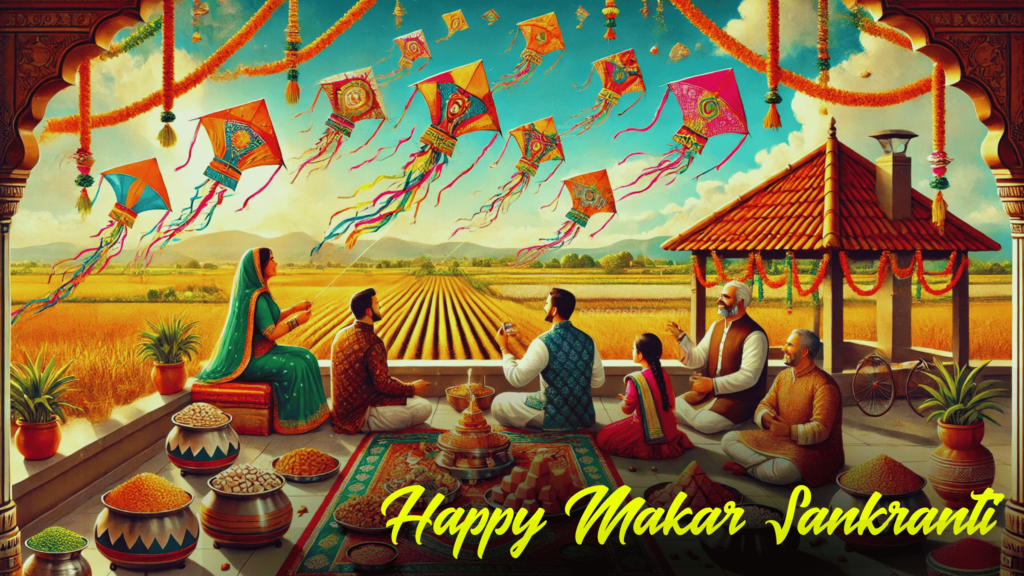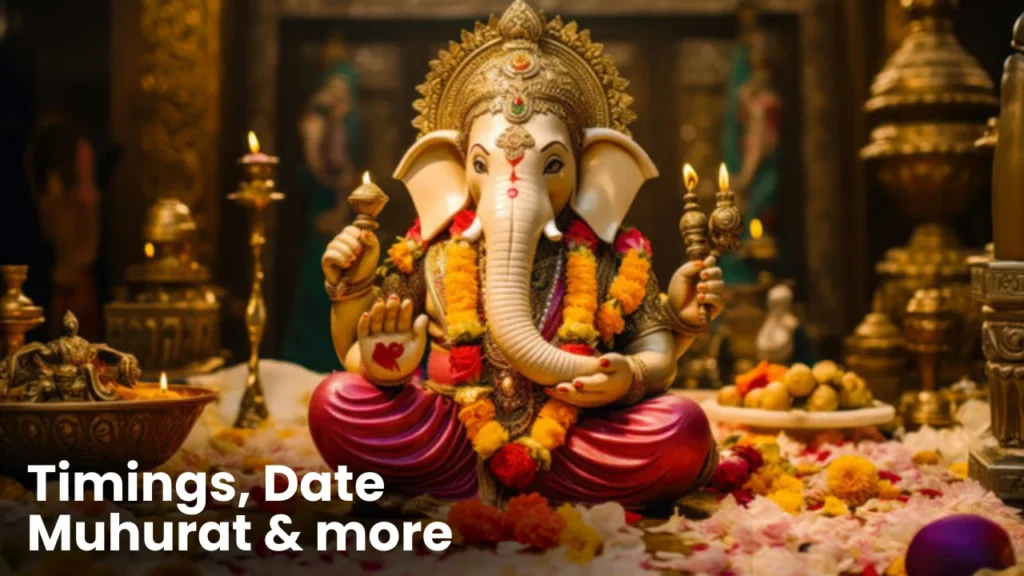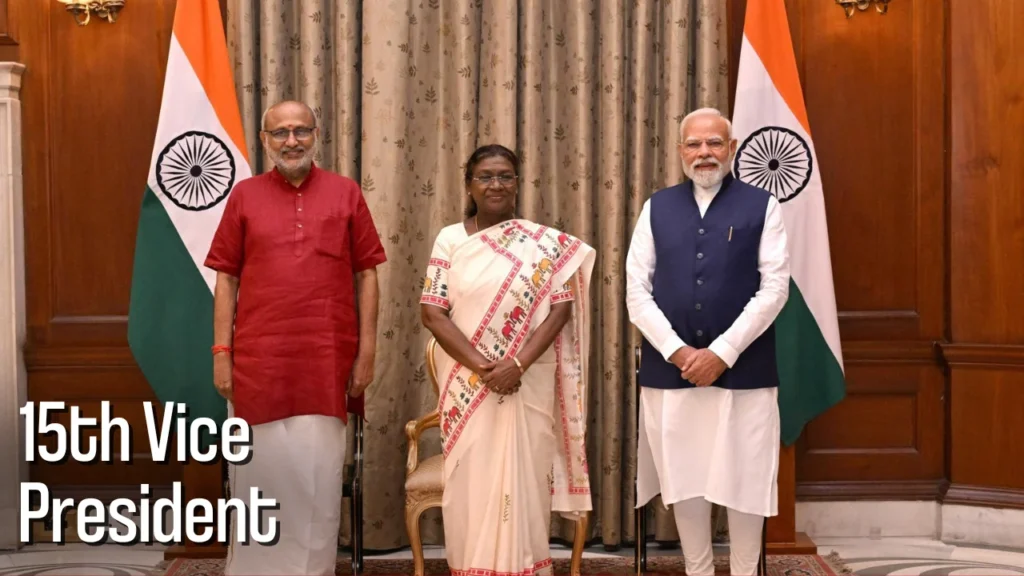Makar Sankranti, one of India’s most cherished festivals, marks the transition of the Sun into the zodiac sign of Capricorn (“Makara”) as it begins its northward journey, known as Uttarayan. Celebrated with immense enthusiasm across the country, this harvest festival is a testament to India’s rich cultural diversity and agrarian roots.
The Significance of Makar Sankranti
Makar Sankranti usually falls on January 14th every year, aligning with the solar calendar. It signifies the end of the winter solstice and the beginning of longer, warmer days. This astronomical event holds deep spiritual significance, symbolizing light triumphing over darkness and positivity over despair.
For farmers, it marks the harvest season’s onset, a time to thank the Sun God (“Surya”) for a bountiful yield. The festival embodies gratitude, renewal, and hope for prosperity and abundance.
Diverse Traditions Across India
Makar Sankranti is celebrated with unique regional variations, each adding its flavor to the festivities. Here’s how different parts of India mark this joyous occasion:
- Punjab and Haryana (Lohri): The day before Makar Sankranti is celebrated as Lohri, with bonfires, folk songs. And dances symbolizing the end of winter and the arrival of harvest.
- Gujarat and Rajasthan: Known for the International Kite Festival. The skies come alive with colorful kites as people compete in friendly kite-flying battles.
- Tamil Nadu (Pongal): A four-day festival where families cook the traditional sweet dish “Pongal” and offer prayers to the Sun God.
- Maharashtra: Families exchange sesame and jaggery sweets (“tilgul”) with the phrase, “Tilgul ghya ani goad bola” (“Accept these sweets and speak sweetly”), promoting harmony and goodwill.
- West Bengal (Poush Sankranti): Devotees take holy dips in the Ganga and prepare special rice-based sweets called “tithe” and “payesh.”
- Karnataka: The festival is marked by the exchange of “Ellu-Bella” (a mixture of sesame seeds, jaggery, and coconut) and the traditional folk dance, “Kambala.”
Rituals and Customs
Vibrant rituals and customs characterize Makar Sankranti, bringing people together in celebration. Taking holy dips in rivers, particularly the Ganges, is a common practice. People believe it purifies the soul and washes away sins.
Kite flying is a hallmark of the festival in many regions. Symbolizing the soaring aspirations of people as they embrace a new beginning. Families come together to prepare and share festive delicacies, fostering unity and joy.
Culinary Delights
Food plays a central role in Makar Sankranti celebrations. The use of sesame seeds (“til”) and jaggery (“gur”) in dishes is symbolic of the festival’s warmth and sweetness. Some popular Makar Sankranti delicacies include:
- Tilgul laddoos: Sesame and jaggery sweets that symbolize goodwill.
- Chikki: Crunchy brittle made of jaggery and nuts.
- Pongal: A rice and lentil dish cooked with jaggery, milk, and ghee.
- Undhiyu: A traditional Gujarati mixed vegetable dish served with puris.
Modern-Day Celebrations
With changing times, Makar Sankranti has adapted to urban lifestyles. People organize community events, kite festivals, and cultural programs to keep the traditions alive. Social media platforms buzz with wishes, photos, and videos showcasing the festive spirit, connecting people across boundaries.
The festival has also seen a push for eco-friendly practices, such as using biodegradable materials for kites and avoiding harmful strings. This shift reflects growing awareness about sustainability while preserving cultural heritage.
The Spirit of Makar Sankranti
At its heart, Makar Sankranti is a celebration of gratitude and community. It reminds us to honor nature’s bounty, cherish relationships, and embrace new beginnings with positivity. The festival’s universal themes of light, hope, and unity resonate deeply, making it a truly enriching experience for everyone.
Lighting the Path Forward
As we celebrate Makar Sankranti this year, let us carry forward its timeless lessons of gratitude, harmony, and renewal. May the warmth of the Sun brighten our lives, and the sweetness of the festival’s delicacies inspire us to spread joy and kindness wherever we go.
Makar Sankranti is not just a festival; it is a reminder of life’s simple yet profound joys. So, let’s embrace the spirit of Sankranti and soar high like the kites in the sky—with dreams, hopes, and aspirations leading the way.





















